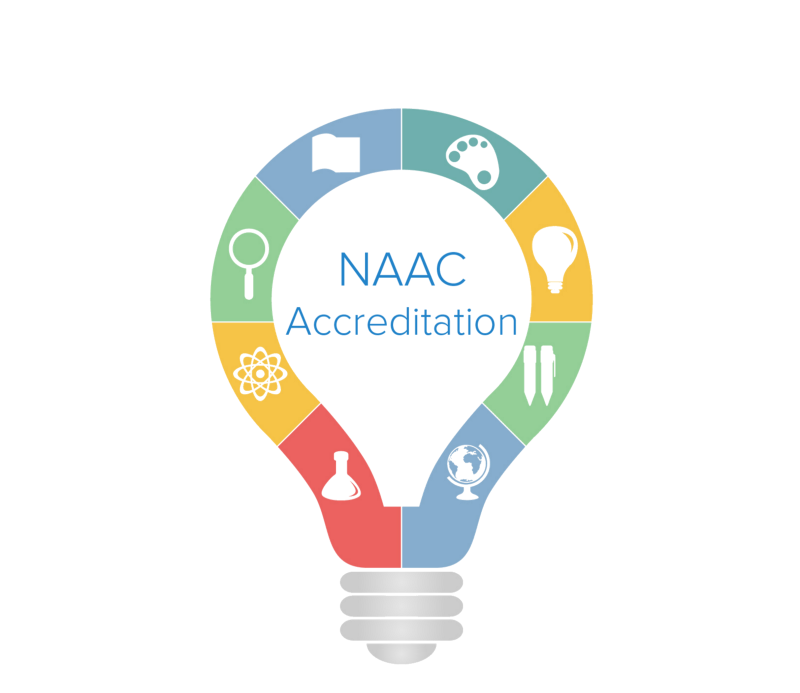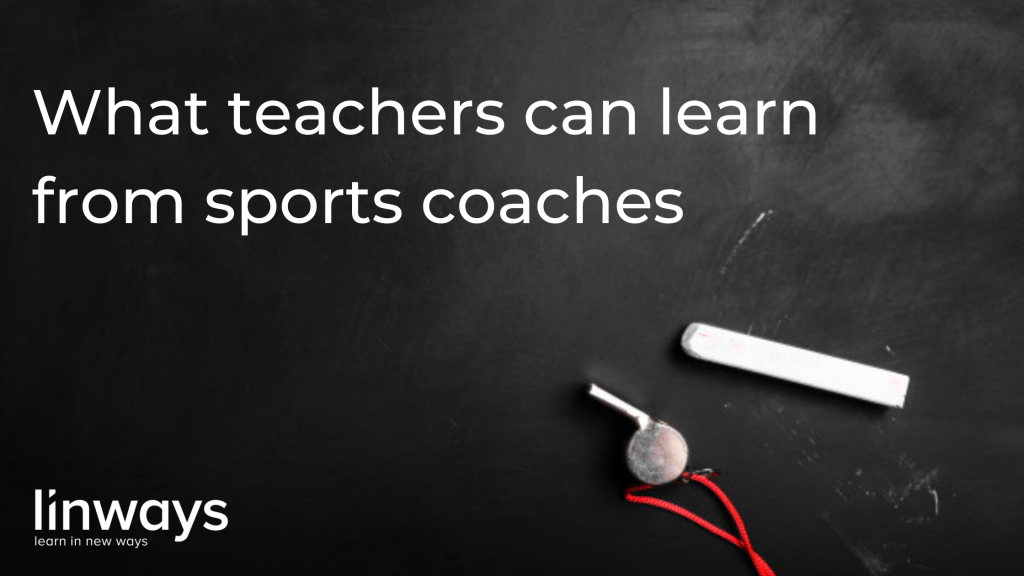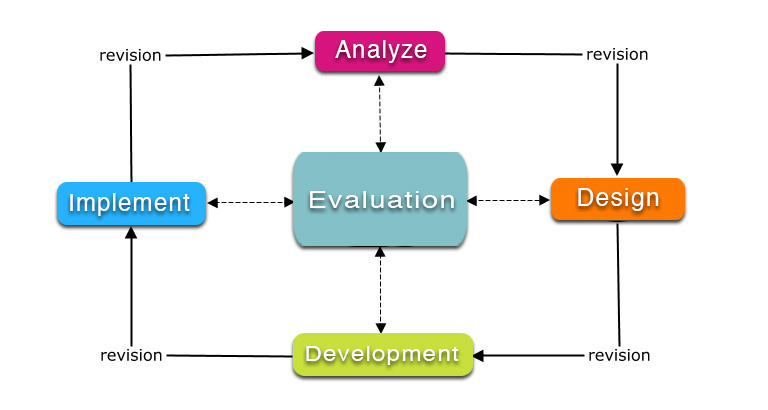
Engagement is highly crucial in education. As advancements and innovations in the field of edtech are happening everyday, it is imperative to make sure that your students are equally engaged in the course as much as they are cooperative.
We picked this topic today because we have seen it first hand that students often use the edtech platforms or tools the institution provides but they do it neither for the usability nor their functionalities. Many students use them since its mandatory and the institution deem to use them instead of something else.
This trend, though seems harmless at the surface, may affect the overall productivity and the in turn the results in the long run. Students (or teachers, in this case) mindlessly using a technology tool that might have the potential to reduce their workload might not use it to its full functionality, and will choose to desert it at the first chance. Over time, it becomes another “chore” that they need to do in order to meet the grades and be compliant to the enthusiasms of the management. This, as you could probably see, is a terrible waste of the time, energy, & money of the management, teachers, and students. So, we shall look at some ways to ensure the usage and actively measure the engagement of the edtech in your institution using some simple indicators.
Key indexes to measure the engagement of edtech in an institution.
- How involved the student can get in using a tool
We chose to begin with this because it’s important for your students to find value in your tool. This includes relevant spaces for communication with their teachers and peers, options to express their inputs and feedback for better learning experience, etc. - Outcomes
Along with clear goals and mapped activities in the academic level, the use of technology should also contribute to the outcomes. Optimising workflows, automating tasks, collaborative work etc will have major influences in outcome attainment of the institution, and increase student engagement. - Usability and adaptiveness of the tool
This might feel obvious, but the usability and adaptiveness of a right edtech tool is not the same as number of features. Even though your edtech may have tons of features, it could be hard to use, and might take a while to figure out it’s usage. This will fall on as an extra task rather than a helpful technology.
Besides, such a tool should also be adaptive to your needs and requirements in the institution. Too generic, or created for addressing problems your institution doesn’t face is bland, and it would fail to add value. - How does this tool help your students
Don’t take it that features doesn’t count. They definitely do when choosing your edtech. Check if the features are what you really need or not.
Design and plan your strategies with these indicators in mind.
Whenever you’ve to choose an edtech, or start wondering why your students or faculty doesn’t like edtech in your institution, keep these indicators in mind and include spaces to measure these indicators summatively.
With clear strategic planning and optimal assessments, you could actually choose and implement an edtech that your students will actually love, and you can also make sure that they’ll engage with it for raising the overall quality of education and make the teaching-learning more outcome oriented instead of evaluations & grades oriented.




